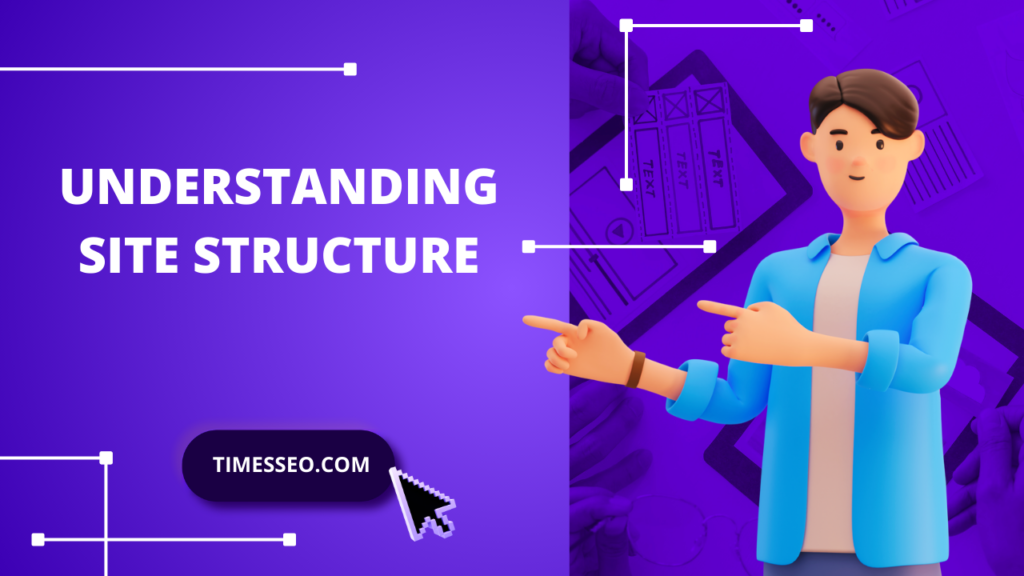
How Site Structure Ideas Impact Page Speed
Your blog post “How Site Structure Ideas Impact Page Speed” explores how thoughtful site structure ideas can significantly improve website loading times, enhance user experience, and boost SEO rankings. It covers the relationship between navigation, URL hierarchy, technical setup, and performance, while offering practical tips to optimize site architecture for speed and efficiency.
Table of Contents
Introduction
Ever clicked on a website only to wait… and wait… for it to load? That delay could be the result of a poor site structure. The way you organize and connect your website’s pages isn’t just about aesthetics—it has a direct impact on page speed, which can make or break your visitor’s experience.
Understanding Site Structure
What Is Site Structure?
Think of your site structure like the blueprint of a building—it decides how rooms (pages) connect, how easy it is to find things, and how stable the entire framework is. A well-designed structure ensures users and search engines can navigate your site with ease.
Importance of a Well-Planned Site Structure
Speed is increased, accessibility is improved, and confusion is decreased with a clear framework. Search engines prefer sites where the content hierarchy is logical and links are easy to follow.
What Is Page Speed and Why It Matters
Definition of Page Speed
Page speed refers to how quickly content on your webpage loads. It includes everything from the time it takes to start loading to when it’s fully interactive.
How Page Speed Affects User Experience
Fast-loading sites keep users engaged. Conversion rates can drop by as much as 7% with even a one-second lag. Websites that load slowly annoy users, which raises bounce rates.
The SEO Connection
Page speed is a ranking factor, according to Google. A faster site structure gives search engines fewer obstacles, resulting in better rankings.
Key Site Structure Elements That Influence Page Speed
Navigation Menus and Internal Linking
Complex navigation menus with too many links can slow rendering. Keep it clean, concise, and functional.
URL Structure and Depth
The deeper your content is buried, the more server requests are required. A shallow structure improves loading and indexing speed.
Sitemaps and Crawling Efficiency
A clear XML sitemap helps search engines crawl efficiently, reducing unnecessary delays.
Technical Factors in Site Structure Affecting Page Speed
Server Response Time
Your hosting server’s response plays a critical role. An optimized structure means fewer requests, faster responses.
File Organization and Load Order
Poorly organized files cause longer load times. Group and compress them logically.
Caching and CDN Integration
Leveraging a Content Delivery Network (CDN) ensures your site’s structure loads quickly across global regions.
Best Practices for Optimizing Site Structure for Speed
Flattening the Site Hierarchy
Reduce superfluous layers so that consumers may access any page with three clicks or less.
Optimizing Images and Media Placement
Place media strategically so it doesn’t block critical content from loading first.
Using Lightweight Navigation Menus
Minimize scripts and dropdown animations that require extra rendering time.
Common Mistakes in Site Structure That Slow Down Pages
Overly Complex Navigation
If users need a map to navigate your menu, it’s time for a redesign.
Too Many Redirects
Each redirect adds a delay. Avoid unnecessary hops.
Bloated Code and Scripts
Unnecessary JavaScript and CSS files can be a speed killer.
Tools to Analyze Site Structure and Speed
Google PageSpeed Insights
Provides a performance score and actionable tips to improve structure.
GTmetrix
Offers detailed waterfall charts to pinpoint structural delays.
Screaming Frog SEO Spider
Helps you visualize site structure and find bottlenecks.
Case Study: How a Site Redesign Improved Page Speed
A retail website reduced its average load time from 4.2s to 1.8s simply by flattening its hierarchy, optimizing menus, and cleaning up redirects.
Conclusion
The foundation of your website’s functionality, its structure is more than just its appearance. A smart, clean, and logical structure reduces server strain, improves load times, and boosts SEO rankings. In short, structure well, and your site will fly.
Frequently Asked Questions
It helps search engines crawl efficiently, improving ranking potential.
Aim for no more than three clicks from the homepage to any page.
Yes, lightweight menus with minimal scripts load faster.
Indirectly—they help search engines avoid wasted crawling time.
Start with Google PageSpeed Insights to get baseline data.
Table of Contents
Popular Posts
-
 Affordable Technical SEO Audit for Small Business: A Complete Guide26 Jun 2025 SEO Audits
Affordable Technical SEO Audit for Small Business: A Complete Guide26 Jun 2025 SEO Audits -
 How to Get an Affordable Technical SEO Audit for Small Business27 Jun 2025 SEO Audits
How to Get an Affordable Technical SEO Audit for Small Business27 Jun 2025 SEO Audits -
 The Ultimate Local SEO Audit Checklist for Startups28 Jun 2025 SEO Audits
The Ultimate Local SEO Audit Checklist for Startups28 Jun 2025 SEO Audits -
 Local SEO Audit Checklist for Startups: A Beginner’s Guide28 Jun 2025 Affiliate Marketing
Local SEO Audit Checklist for Startups: A Beginner’s Guide28 Jun 2025 Affiliate Marketing -
 Top On-Page SEO Audit Steps for Service Websites Every Business Should Know29 Jun 2025 Affiliate Marketing
Top On-Page SEO Audit Steps for Service Websites Every Business Should Know29 Jun 2025 Affiliate Marketing -
 Technical SEO for WordPress: The Ultimate Beginner’s Guide01 Jul 2025 Affiliate Marketing
Technical SEO for WordPress: The Ultimate Beginner’s Guide01 Jul 2025 Affiliate Marketing -
 The Impact of On-Page SEO Audit Steps for Service Websites on UX01 Jul 2025 On Page Seo
The Impact of On-Page SEO Audit Steps for Service Websites on UX01 Jul 2025 On Page Seo -
 Technical Mobile SEO Audit Tips for Developers02 Jul 2025 Affiliate Marketing
Technical Mobile SEO Audit Tips for Developers02 Jul 2025 Affiliate Marketing -
 Complete SEO Backlink Audit Guide for Better Google Rankings03 Jul 2025 SEO Audits
Complete SEO Backlink Audit Guide for Better Google Rankings03 Jul 2025 SEO Audits -
 Boost Your Rankings with Technical SEO for WordPress01 Jul 2025 Technical Seo
Boost Your Rankings with Technical SEO for WordPress01 Jul 2025 Technical Seo






